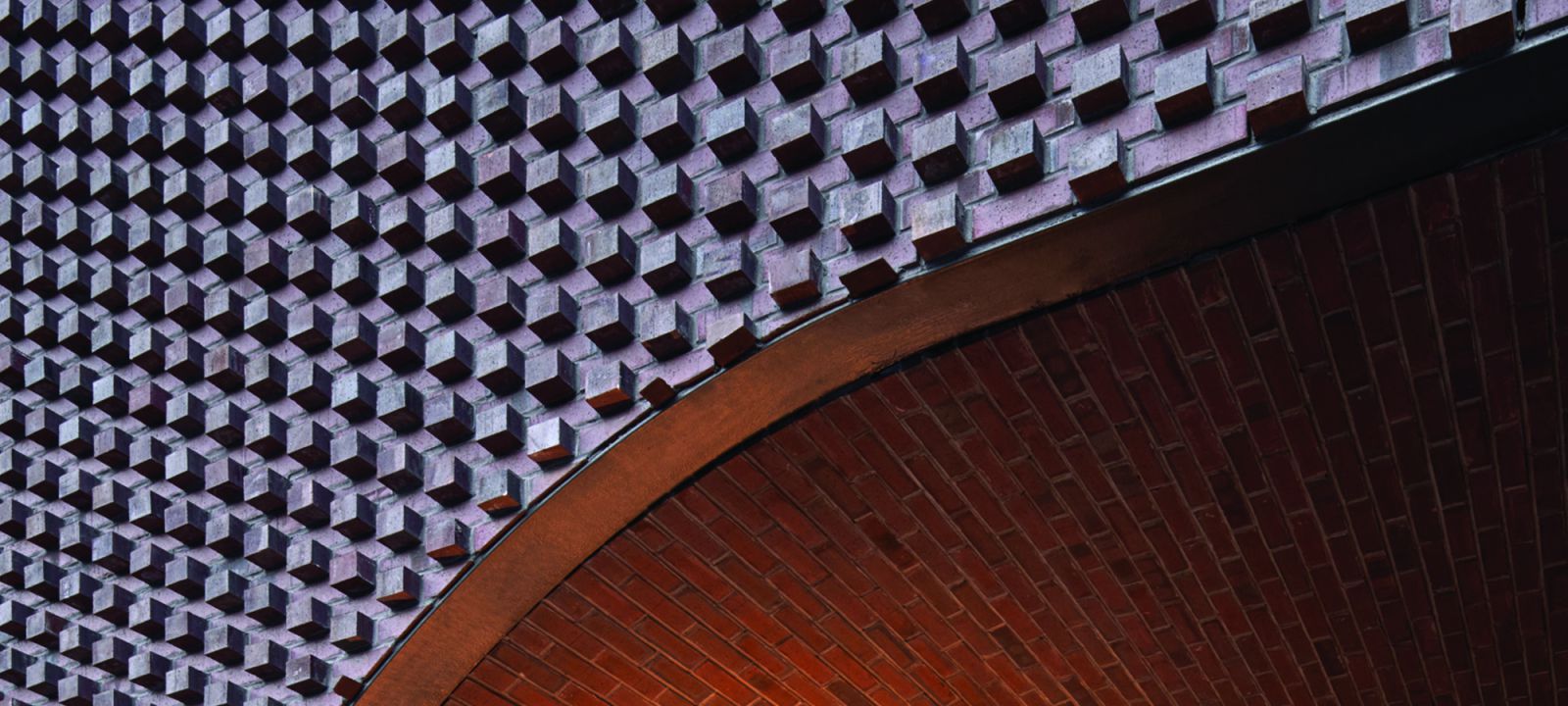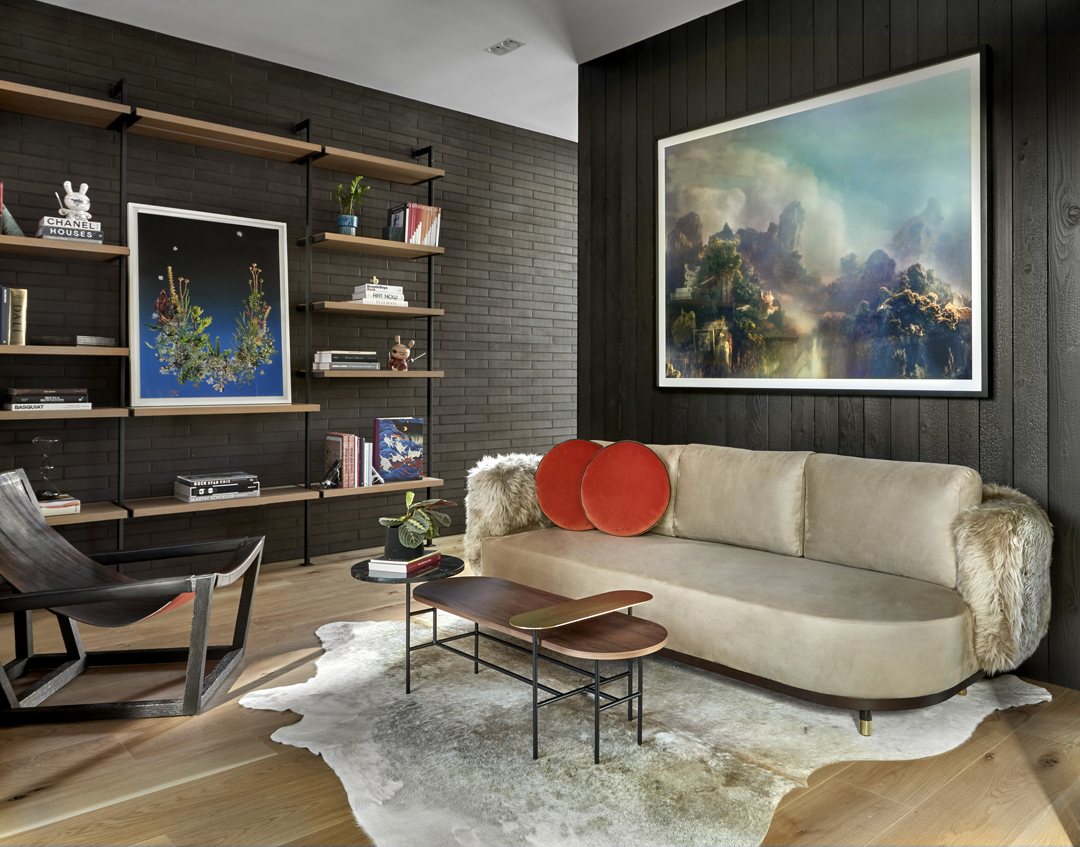Affordability

Understanding the true cost and value of brick compared to other building materials.
How brick stacks up against the competition:
There is a reason why other products try to imitate the look of, and claim to be just as good as, brick even going so far as to call their products a “brick.” It’s because no other wall cladding can offer all the advantages of genuine clay brick. Unlike the competition, brick is an investment that will virtually last forever with no maintenance and will pay for itself overtime through energy savings, higher resale values and lower insurance premiums. If that is not enough, brick is the safest exterior wall cladding for your home and family. Brick does not burn, period! Brick is not damaged by hail and can withstand windblown debris impacts exceeding 80 mph. That is more than three times the protection provided by fiber cement or vinyl!
Cladding Cost Comparison:
Compare the estimated cost of a four-sided brick home compared to the cost of vinyl, stucco, fiber cement, stone, and wood by simply typing in your zip code:

Calculate your mortgage cost difference:
Use our calculator to compare the estimated mortgage cost difference for a home with brick on all four sides compared to vinyl, fiber cement, stucco, stone, and wood. You may be surprised how competively brick is priced.
Non-Residential Costs
Learn how the construction costs of various brick buildings compare to buildings with five common exteriors. Brick with CMU (and certainly brick with steel stud) costs less than precast concrete, metal panel curtain wall and glass panel curtain wall systems in just about every type of commercial application one can think of – whether it is for an office building, a hospital, an apartment building or something else. Read the Press Release or Download a Summary Presentation
Cost of Non-Residential Wall Systems
Total Installed Cost Comparison Brick and Other Materials Per Square Foot
.png/total_installed_cost_comparison_brick_and_other_materials_per_square_foot(1)__600x429.png)
.jpeg)
Cladding Cost in Context: An Investment for Value or a Cost to Be Cut?
Whether the building is a starter home or a landmark office building, many cladding customers are encouraged to pare down costs wherever they can. This is a mistake, and here’s why:
- Cladding does more than cover a building; it protects the building and its occupants from the elements. If the cladding doesn’t do a good job against weather and other external events, what’s the point of cladding? Perhaps this is a reason why dozens of cities have adopted strict masonry standards after major events – like fires.
- Cladding represents a small percentage of total construction costs. According to a December 2017 study by the National Association of Homebuilders, the costs of new cabinets, countertops and appliances are comparable to that of the exterior cladding. And on commercial structures, brick exteriors represent less than 10% of the total construction cost. It makes sense to invest in a first choice exterior rather than some compromise that is visible to everyone who strolls by.
- Exterior cladding is something that can stay with the building for a long time. Interior components, such as appliances, office suites and even factory equipment, can come and go while the exterior frame and cladding of the material can stay in place. We see this frequently with brick buildings – ranging from old (and historic) houses to factory warehouses that have been transformed into condominiums. Since brick does not need paint, sealant or replacement on a periodic basis, it is a tremendous value!
